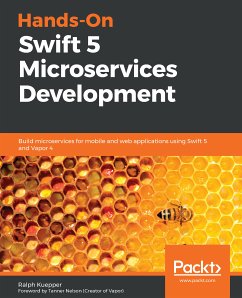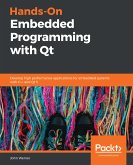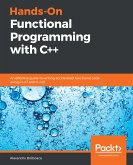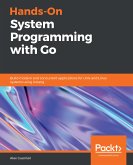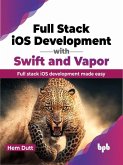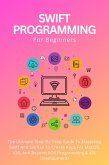Key Features
- Understand server-side Swift development concepts for building your first microservice
- Build microservices using Vapor 4 and deploy them to the cloud using Docker
- Learn effective techniques for enhancing maintainability and stability of your Swift applications
Book Description
The capabilities of the Swift programming language are extended to server-side development using popular frameworks such as Vapor. This enables Swift programmers to implement the microservices approach to design scalable and easy-to-maintain architecture for iOS, macOS, iPadOS, and watchOS applications.
This book is a complete guide to building microservices for iOS applications. You'll start by examining Swift and Vapor as backend technologies and compare them to their alternatives. The book then covers the concept of microservices to help you get started with developing your first microservice. Throughout this book, you'll work on a case study of writing an e-commerce backend as a microservice application. You'll understand each microservice as it is broken down into details and written out as code throughout the book. You'll also become familiar with various aspects of server-side development such as scalability, database options, and information flow for microservices that are unwrapped in the process. As you advance, you'll get to grips with microservices testing and see how it is different from testing a monolith application. Along the way, you'll explore tools such as Docker, Postman, and Amazon Web Services.
By the end of the book, you'll be able to build a ready-to-deploy application that can be used as a base for future applications.
What you will learn
- Grasp server-side Swift development concepts using practical examples
- Understand the microservices approach and why Swift is a great choice for building microservices
- Design and structure mobile and web applications using microservices architecture
- Discover the available database options and understand which one to choose
- Scale and monitor your microservices
- Use Postman to automate testing for your microservices API
Who this book is for
The book is for iOS, iPadOS, and macOS developers and Swift programmers who want to understand how Swift can be used for building microservices. The book assumes familiarity with Swift programming and the fundamentals of the web, including how APIs work.
Dieser Download kann aus rechtlichen Gründen nur mit Rechnungsadresse in A, B, BG, CY, CZ, D, DK, EW, E, FIN, F, GR, HR, H, IRL, I, LT, L, LR, M, NL, PL, P, R, S, SLO, SK ausgeliefert werden.

